Home>Articles>What Is The Pipe Called That Is Connected To The Showerhead?


Articles
What Is The Pipe Called That Is Connected To The Showerhead?
Modified: March 1, 2024
Discover the essential articles to connect the pipe to your showerhead. Learn about the purpose and benefits of this crucial plumbing component.
(Many of the links in this article redirect to a specific reviewed product. Your purchase of these products through affiliate links helps to generate commission for Storables.com, at no extra cost. Learn more)
Introduction
Welcome to the world of showers, where relaxation meets cleanliness. Whether you’re starting your day with an invigorating shower or winding down after a long day, the shower system plays a crucial role in delivering a refreshing and enjoyable experience. From the showerhead to the knobs and valves, every component has a specific purpose and function. One of these key components is the pipe that connects to the showerhead, allowing water to flow and provide you with a steady stream of water pressure.
In this article, we will dive deeper into the world of shower systems and explore the pipe that connects to the showerhead. We will understand its importance, the different types of pipes available, how to choose the right pipe for your showerhead, and learn how to properly install and maintain it.
So let’s get started and unravel the mystery behind the pipe that goes to the showerhead!
Key Takeaways:
- The pipe connecting to the showerhead is essential for delivering a steady water flow and maintaining water pressure, contributing to a satisfying showering experience.
- When choosing the right pipe for your showerhead, consider factors such as material, water pressure, budget, ease of installation, and compatibility with your existing shower system. Consulting with a professional plumber can provide valuable guidance.
Understanding the Shower System
Before we delve into the specific details of the pipe that connects to the showerhead, let’s gain a basic understanding of the shower system as a whole. The shower system is comprised of several components that work together to deliver a refreshing and efficient showering experience.
At its core, a shower system consists of a water source, such as a plumbing connection, that supplies water to the shower. This water is then controlled and directed through a series of pipes and valves that regulate the flow and temperature. The showerhead, which is the focal point of the system, disperses the water in a desired pattern and intensity.
Additionally, the shower system may include other features and accessories such as shower knobs, handheld showerheads, body sprays, and even digital controls for a more customized experience.
Understanding the shower system as a whole helps us appreciate the vital role that each component plays, including the pipe that connects to the showerhead.
Components of the Shower System
A shower system is a complex network of components that work together to deliver a satisfying showering experience. Let’s take a closer look at the key components that make up the shower system:
- Water Source: The water source is the starting point of the shower system. It can be connected to the main plumbing supply of the house or building, providing a steady flow of water.
- Pipes and Valves: Pipes are crucial in transporting the water from the source to the different parts of the shower system. Valves, such as a mixing valve or thermostatic valve, regulate the flow and temperature of the water.
- Showerhead: The showerhead is the endpoint of the system that disperses the water. It can come in various designs, including fixed showerheads, rain showerheads, handheld showerheads, and even multiple showerheads for a luxurious bathing experience.
- Shower Arm: The shower arm is the component that connects the showerhead to the wall or ceiling. It provides stability and support while allowing flexibility for adjusting the angle and height of the showerhead.
- Trim Kit: The trim kit consists of the decorative elements that cover the plumbing fixtures, such as the shower knobs or handles. It adds a stylish touch to the shower system while also providing easy access for controlling the water flow and temperature.
These components work together seamlessly to deliver a refreshing showering experience. Now, let’s focus on the specific role and significance of the pipe that connects to the showerhead.
The Purpose of the Pipe
The pipe that connects to the showerhead serves a crucial role in the shower system. Its main purpose is to transport water from the shower system’s plumbing to the showerhead, allowing for a steady and controlled flow of water.
Without the pipe, there would be no way for the water to reach the showerhead and provide us with the refreshing spray we enjoy during our showers. The pipe acts as a conduit, effectively delivering the water from the source to the showerhead.
In addition to providing water flow, the pipe also plays a role in determining the water pressure and temperature. The diameter and length of the pipe can impact water pressure, with larger pipes generally allowing for higher water flow. Additionally, the material of the pipe can influence the temperature of the water, as certain materials have better heat transfer properties than others.
Furthermore, the pipe serves as a structural element, providing stability and support to the showerhead. It helps secure the showerhead in place and allows for adjustments in angle and height to cater to individual preferences.
Overall, the pipe that connects to the showerhead is an essential component of the shower system, ensuring the proper delivery of water and contributing to a satisfying showering experience.
Types of Pipes Used in Shower Systems
When it comes to the pipes used in shower systems, there are several options available, each with its own advantages and considerations. Let’s explore the most common types of pipes used in shower systems:
- Copper Pipes: Copper pipes have long been a popular choice for plumbing systems, including shower systems. They are durable, resistant to corrosion, and have excellent heat transfer properties. Copper pipes are known for their longevity and ability to maintain water pressure, making them a reliable option for shower systems.
- PEX Pipes: PEX pipes, short for cross-linked polyethylene, have gained popularity in recent years. They are flexible, making them easy to install in tight spaces and around corners. PEX pipes are corrosion-resistant and have excellent freeze resistance, making them suitable for both hot and cold water applications. They are also less expensive than copper pipes, making them a cost-effective choice for shower systems.
- CPVC Pipes: CPVC pipes, or chlorinated polyvinyl chloride, are commonly used in hot water lines of shower systems. They are durable, affordable, and resistant to chemical corrosion. CPVC pipes have a higher tolerance for elevated temperatures, making them ideal for hot water applications.
- Galvanized Steel Pipes: Galvanized steel pipes were commonly used in older plumbing systems, but their use in shower systems has declined in recent years. These pipes are coated with a layer of zinc to prevent corrosion. While they are durable, they can be prone to rust and mineral buildup over time.
- PE-RT Pipes: PE-RT pipes, or polyethylene of raised temperature resistance, are a newer type of pipe material used in shower systems. They are flexible, easy to install, and resistant to both corrosion and freezing. PE-RT pipes are suitable for both hot and cold water supply, making them versatile options for shower systems.
It’s important to consider factors such as budget, durability, water pressure requirements, and ease of installation when choosing the type of pipe for your shower system. Consulting with a professional plumber can help you determine the best option based on your specific needs and preferences.
The pipe that goes to the showerhead is called the shower arm. It is typically connected to the water supply and extends from the wall to hold the showerhead in place. Make sure to use Teflon tape when installing to prevent leaks.
Read more: How To Fix A Loose Showerhead Pipe
Choosing the Right Pipe for Your Showerhead
When it comes to choosing the right pipe for your showerhead, several factors come into play. Consider the following factors to ensure you select a pipe that meets your specific needs:
- Material: The material of the pipe is an important consideration. Copper pipes are durable and resistant to corrosion, making them a popular choice. PEX pipes are flexible and easy to install, while CPVC pipes are suitable for hot water applications. Consider the pros and cons of each material and choose one that best suits your requirements.
- Water Pressure: Consider the water pressure in your home. If you have low water pressure, opting for a larger diameter pipe can help improve the flow. Copper pipes are known for maintaining consistent water pressure, making them a good choice for areas with low water pressure.
- Budget: Take into account your budget when selecting a pipe. Copper pipes tend to be more expensive, while PEX and CPVC pipes are often more affordable. Consider the long-term benefits and costs associated with each material.
- Installation: Consider the ease of installation. PEX pipes, with their flexibility, are generally easier to install in tight spaces and around corners. If you are planning to do the installation yourself, a pipe that is easy to work with may be a better choice.
- Compatibility: Ensure that the chosen pipe is compatible with your existing shower system components. Consider the fittings and connectors used in your shower system and choose a pipe that can easily connect to them.
It’s important to note that consulting with a professional plumber can provide valuable insights and guidance when selecting the right pipe for your showerhead. They can assess your specific needs, recommend the most suitable pipe material, and ensure proper installation for optimal performance.
Remember to consider these factors when choosing the right pipe for your showerhead to ensure a reliable and efficient showering experience.
Installing and Maintaining the Showerhead Pipe
Installing and maintaining the showerhead pipe is crucial for ensuring a smooth and efficient showering experience. Here are some steps to help you install and maintain the showerhead pipe:
Installation:
- Prepare the area: Before installing the showerhead pipe, make sure the area is clean and free from debris. Turn off the water supply to the shower system.
- Choose the right pipe: Select the appropriate pipe material based on your preferences and needs, considering factors such as water pressure, durability, and budget.
- Measure and cut: Measure and cut the pipe to the desired length using a pipe cutter or a hacksaw. Ensure accurate measurements to avoid any leaks or misalignment.
- Connect the pipe: Connect one end of the pipe to the water outlet or shower arm, ensuring a tight and secure fit. Use plumbing fittings and Teflon tape as required for proper sealing.
- Attach the showerhead: Attach the showerhead to the other end of the pipe, securing it firmly in place. Ensure that the showerhead is aligned correctly and adjust its angle if needed.
- Turn on the water: Once the pipe and showerhead are securely attached, turn on the water supply and check for any leaks. Make any necessary adjustments to ensure a smooth flow of water.
Maintenance:
- Regular cleaning: Clean the showerhead pipe periodically to remove any mineral deposits or debris that may affect water flow. Use a mixture of vinegar and water to soak the showerhead and remove any buildup.
- Inspect for leaks: Regularly inspect the showerhead pipe for any leaks or drips. If you notice any issues, address them promptly to prevent further damage and ensure optimal water flow.
- Check for corrosion: Keep an eye out for any signs of corrosion on the pipe. If you notice rust or damage, consider replacing the pipe to maintain the integrity of the shower system.
- Adjust and secure: Occasionally, check the alignment and tightness of the showerhead and pipe connections. Make any necessary adjustments or repairs to ensure stability and prevent leaks.
By following these installation and maintenance steps, you can ensure a properly functioning showerhead pipe and prolong the lifespan of your shower system. Regular upkeep will help maintain an enjoyable and efficient showering experience for years to come.
Read more: How To Connect Pipes To Old Lines
Conclusion
The pipe that connects to the showerhead plays a vital role in the overall functionality of your shower system. It transports water from the plumbing source to the showerhead, providing a steady flow of water for a refreshing showering experience. Understanding the components and purpose of the shower system, as well as the different types of pipes available, is essential in selecting the right pipe for your showerhead.
Consider factors such as material, water pressure, budget, installation ease, and compatibility with your existing shower system when choosing the pipe. Consulting with a professional plumber can provide valuable guidance and ensure a seamless installation process.
Maintaining the showerhead pipe is equally important to ensure its longevity and optimal performance. Regular cleaning, inspecting for leaks and corrosion, and making necessary adjustments or repairs will help maintain a smooth and efficient showering experience.
In conclusion, understanding and selecting the right pipe for your showerhead, along with proper installation and maintenance, are key to enjoying a satisfying shower. A properly functioning shower system, including the pipe that connects to the showerhead, is essential for a rejuvenating and refreshing bathing experience. So take the time to choose wisely, install correctly, and maintain regularly to ensure your showerhead pipe serves you well for years to come.
Frequently Asked Questions about What Is The Pipe Called That Is Connected To The Showerhead?
Was this page helpful?
At Storables.com, we guarantee accurate and reliable information. Our content, validated by Expert Board Contributors, is crafted following stringent Editorial Policies. We're committed to providing you with well-researched, expert-backed insights for all your informational needs.
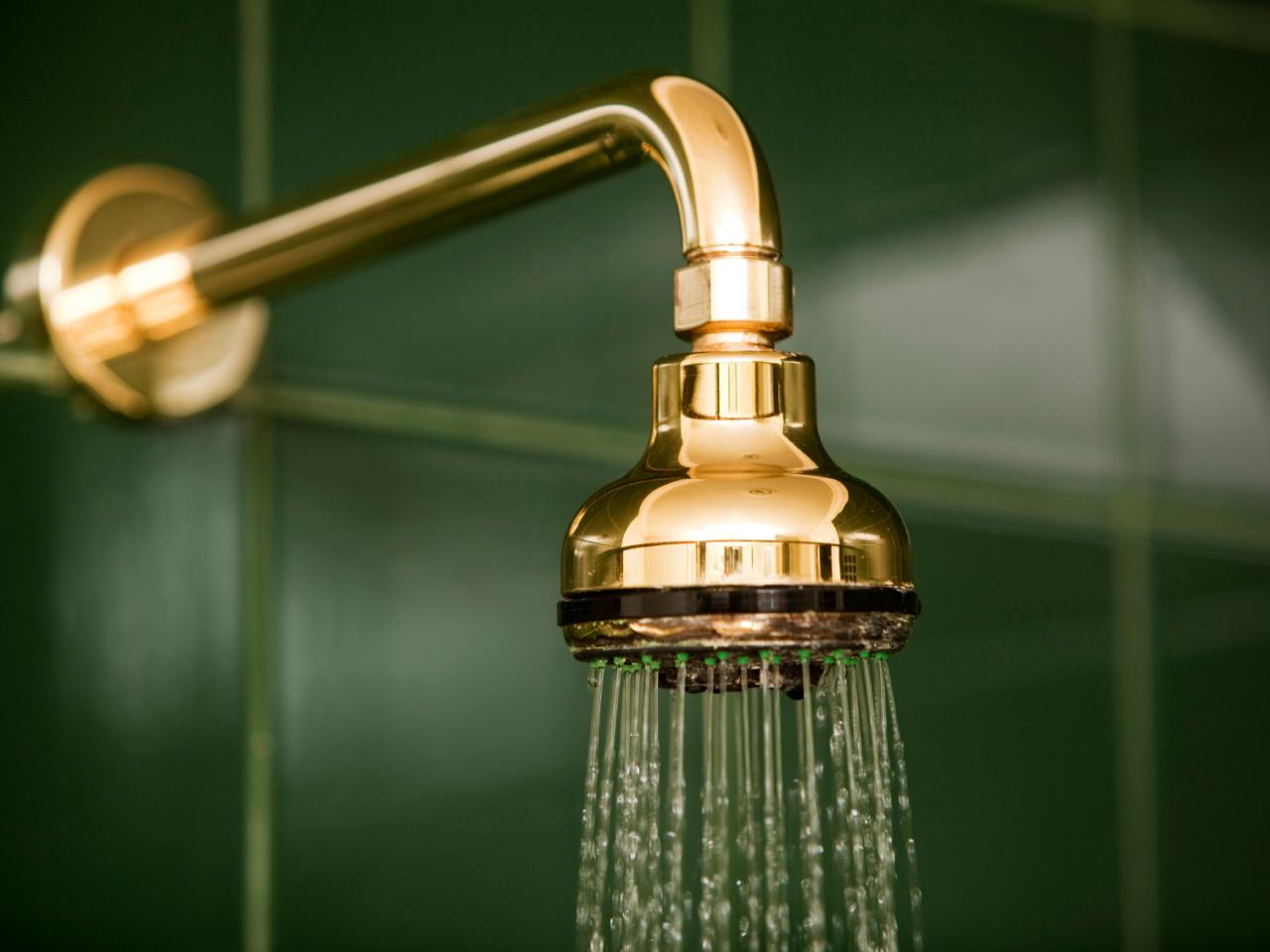
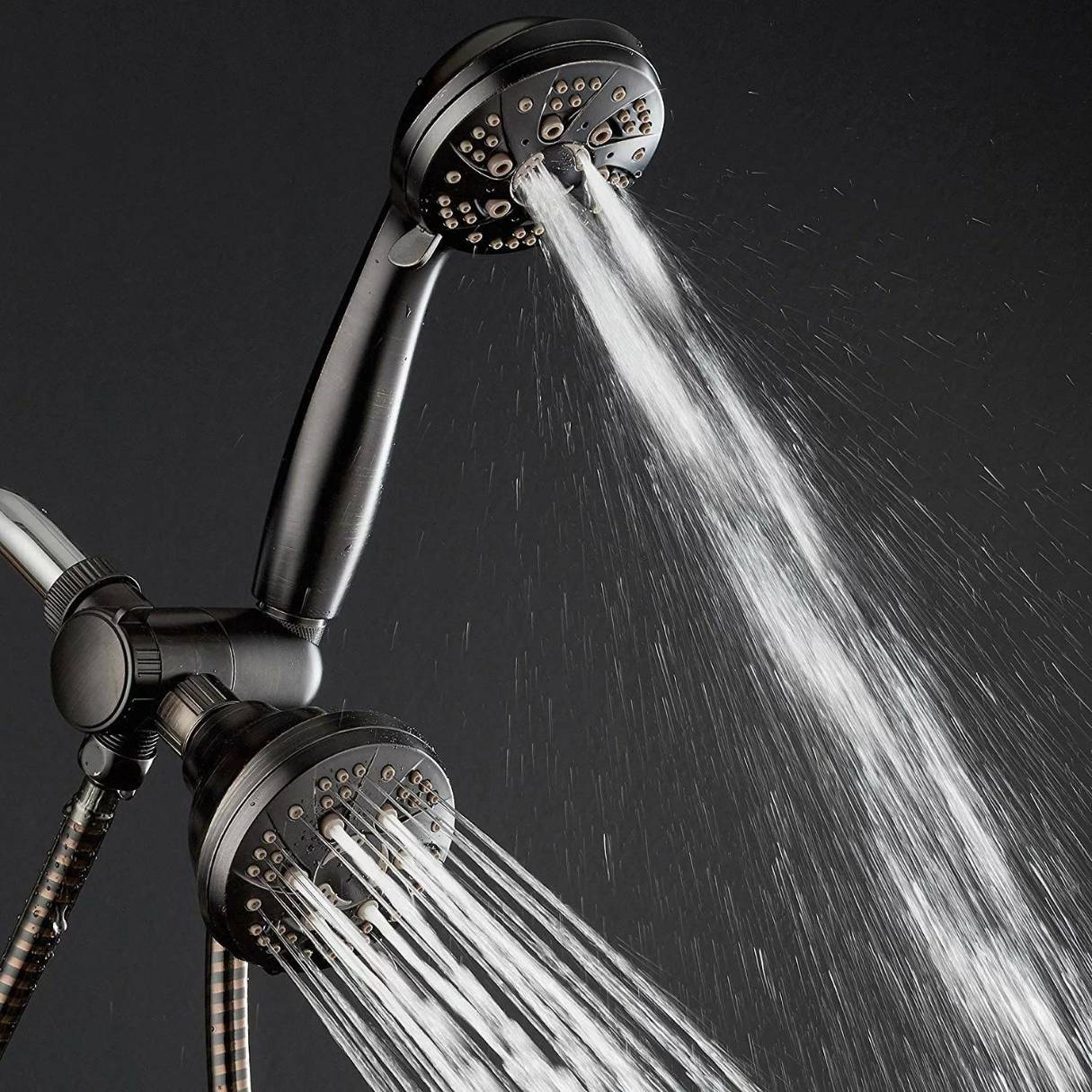
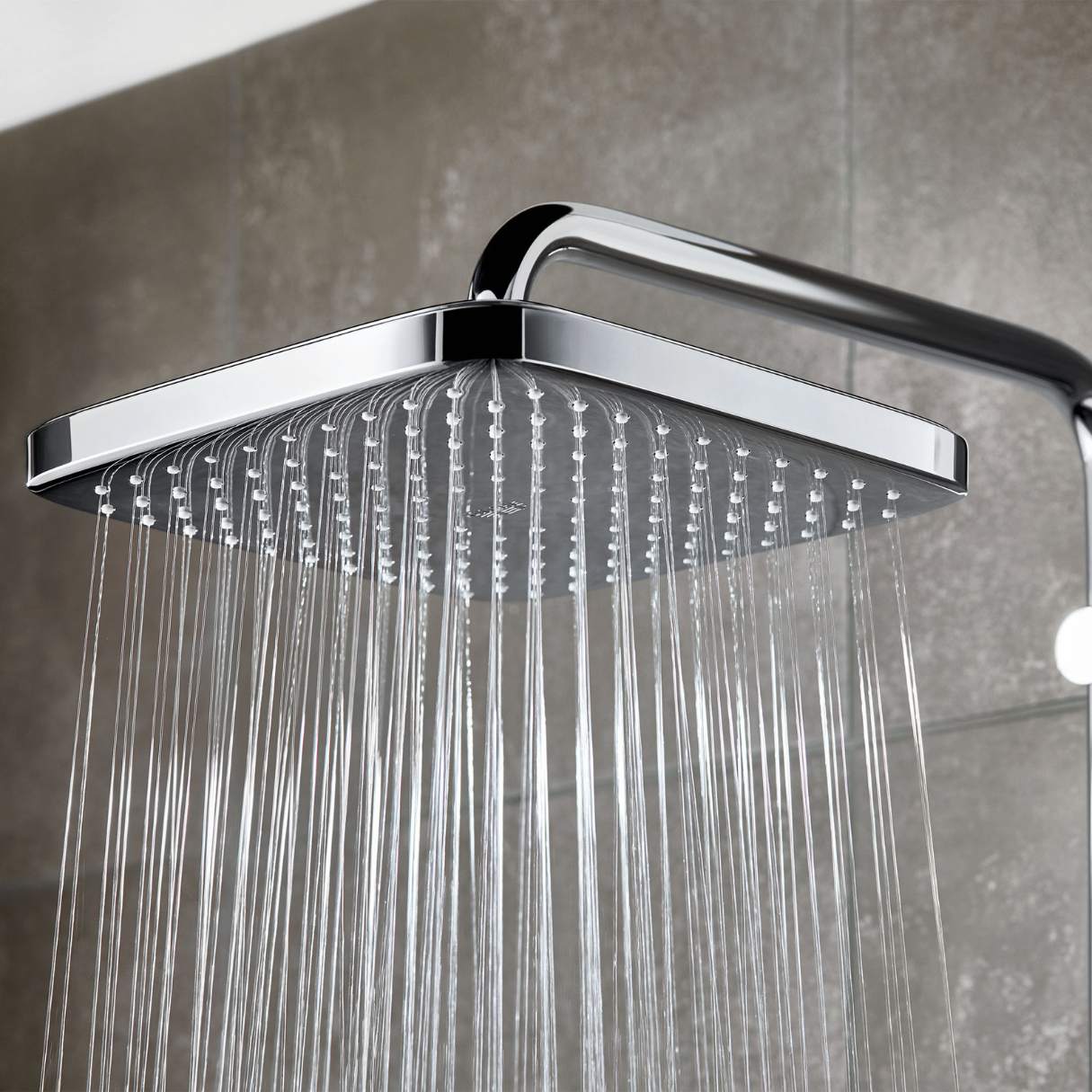
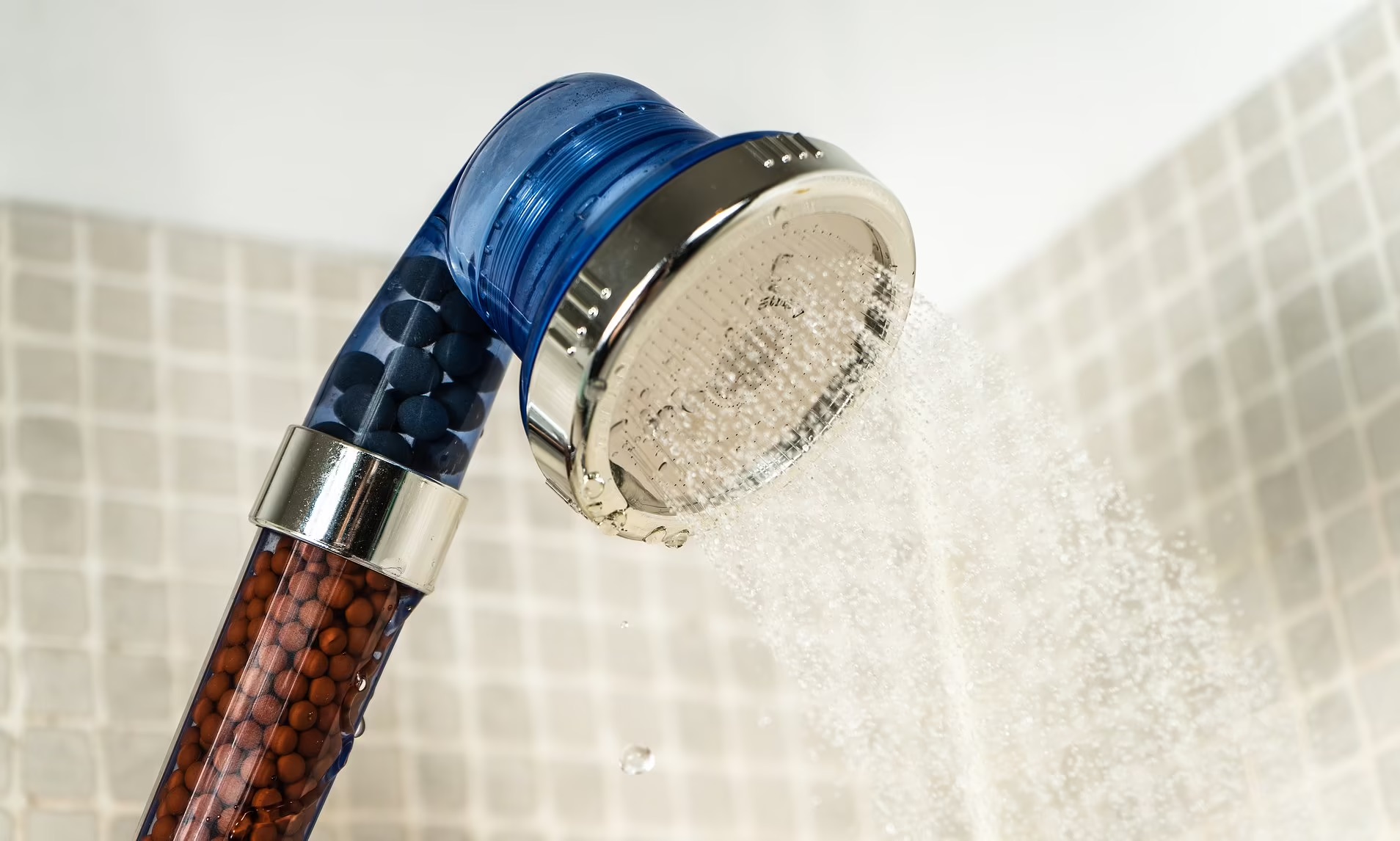

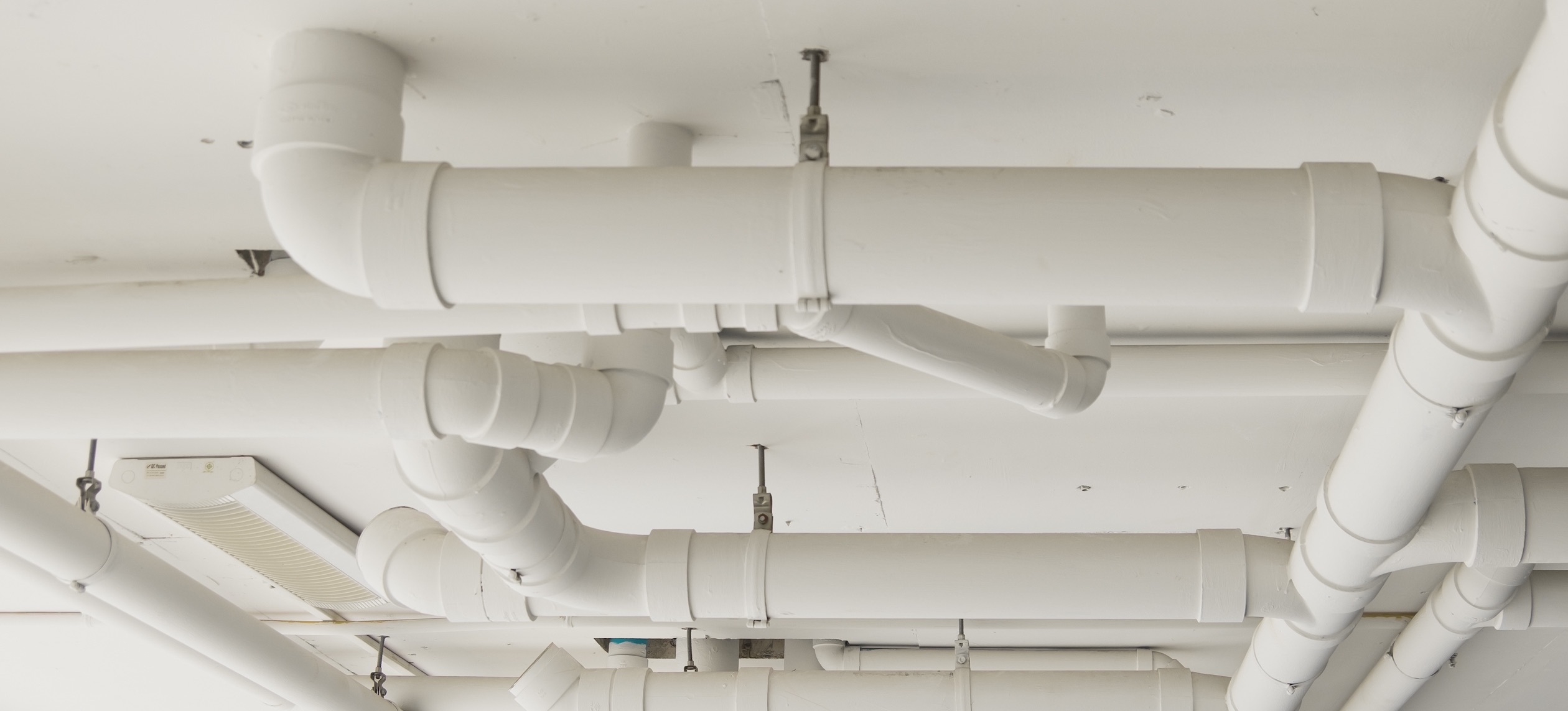
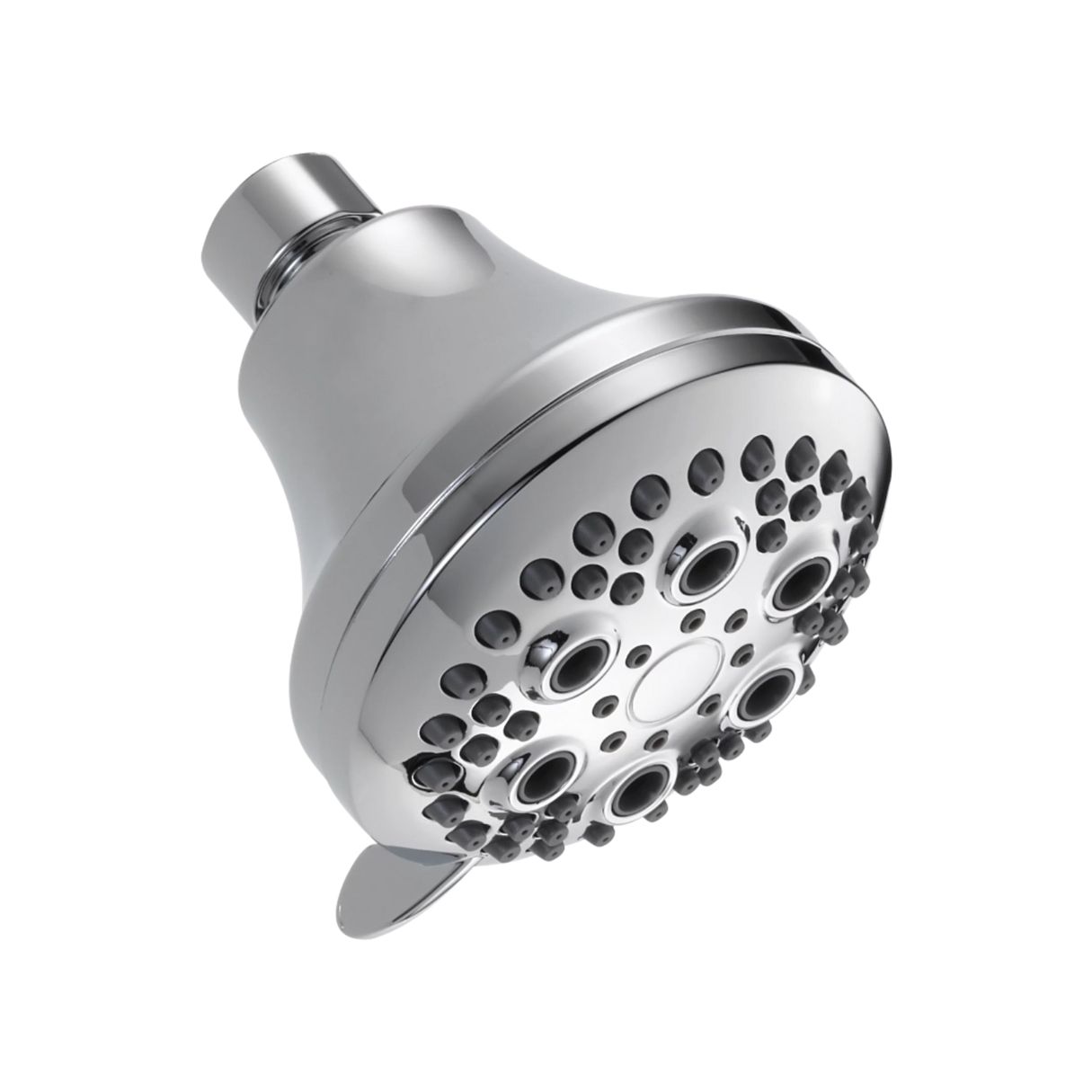
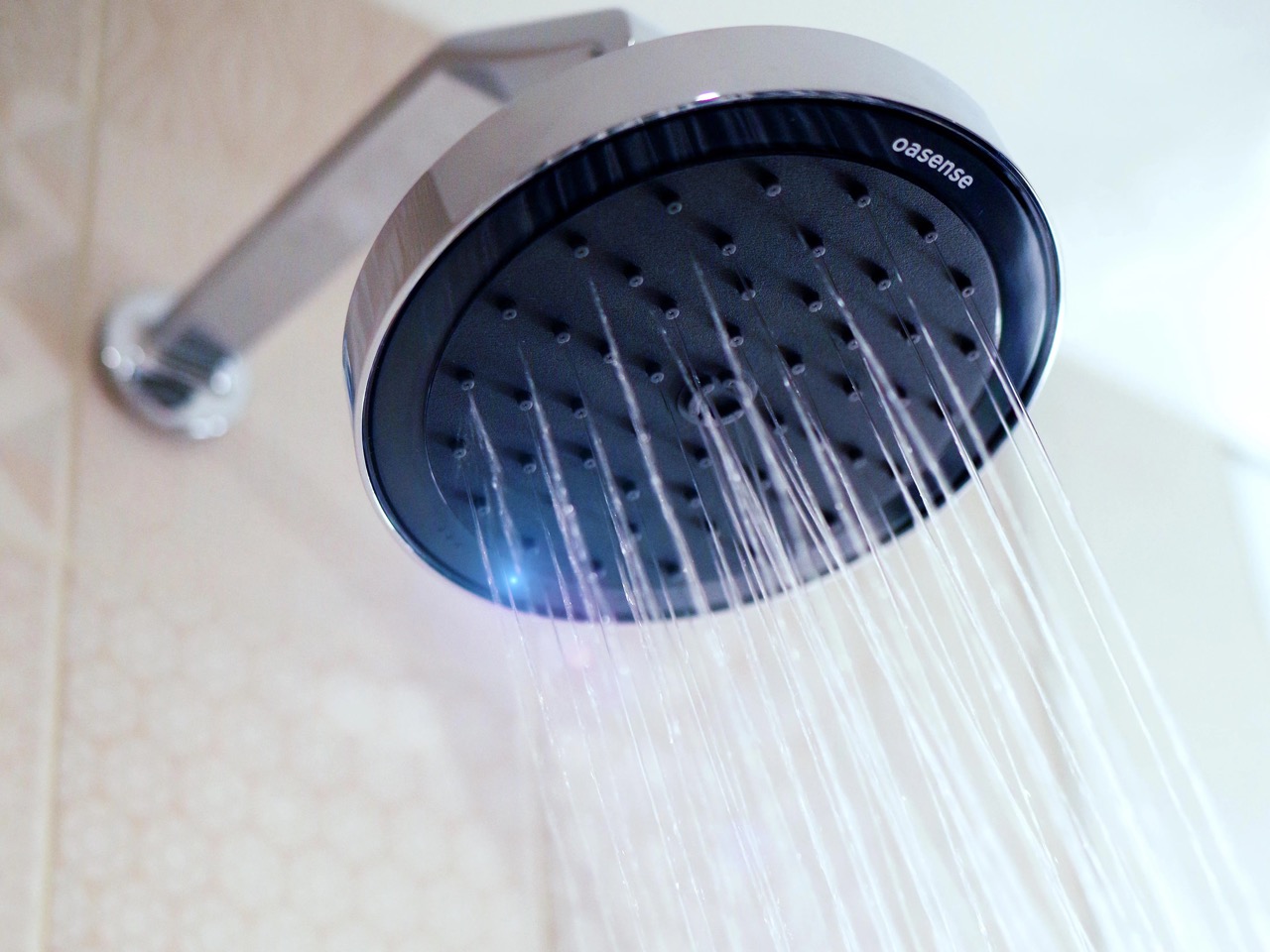

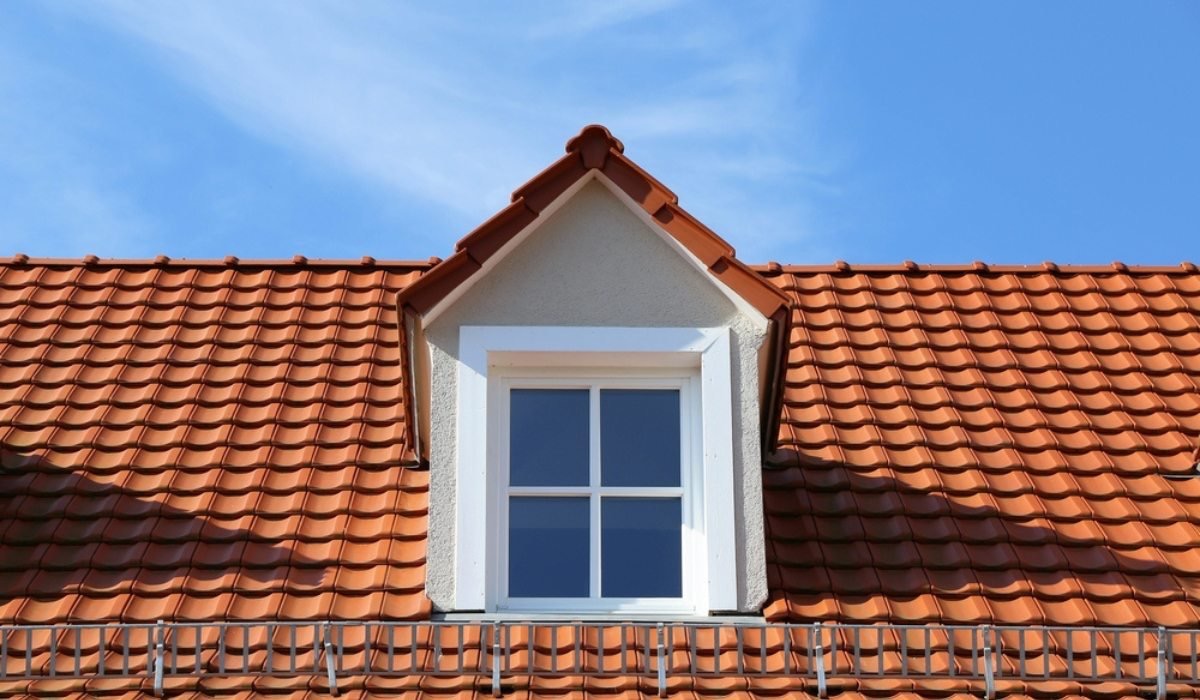
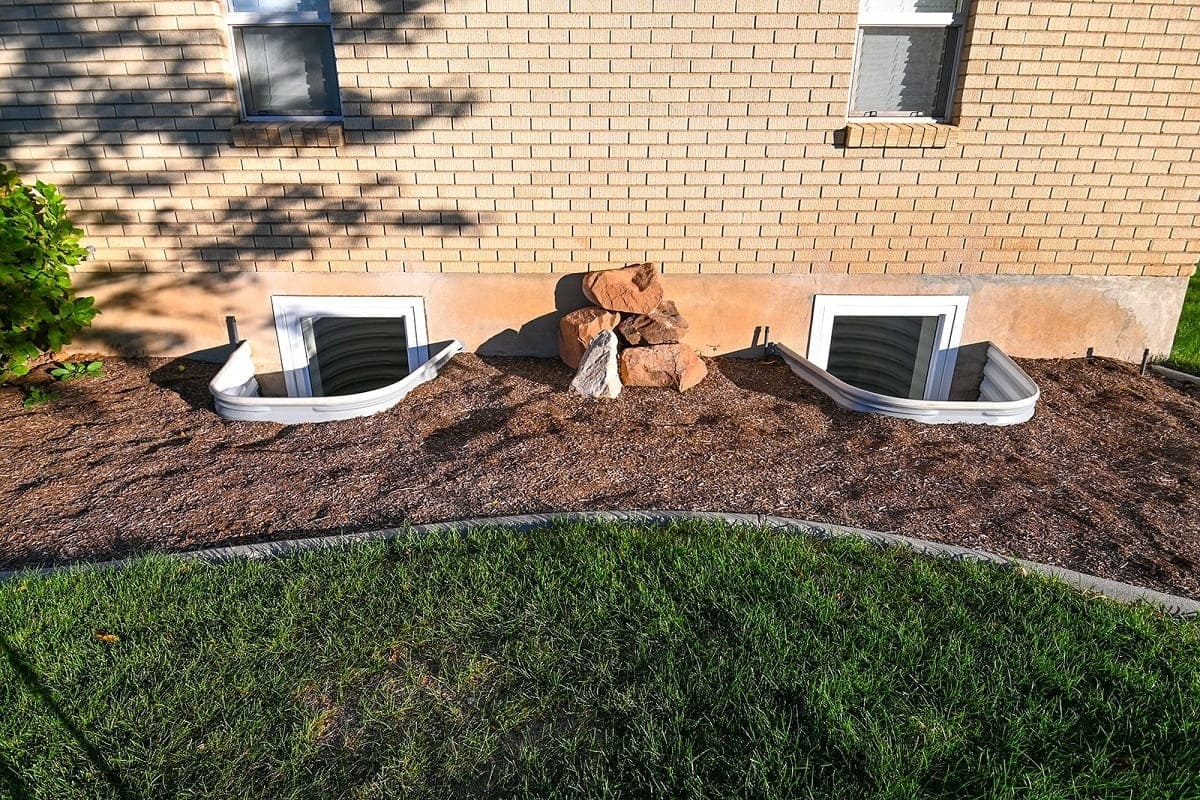

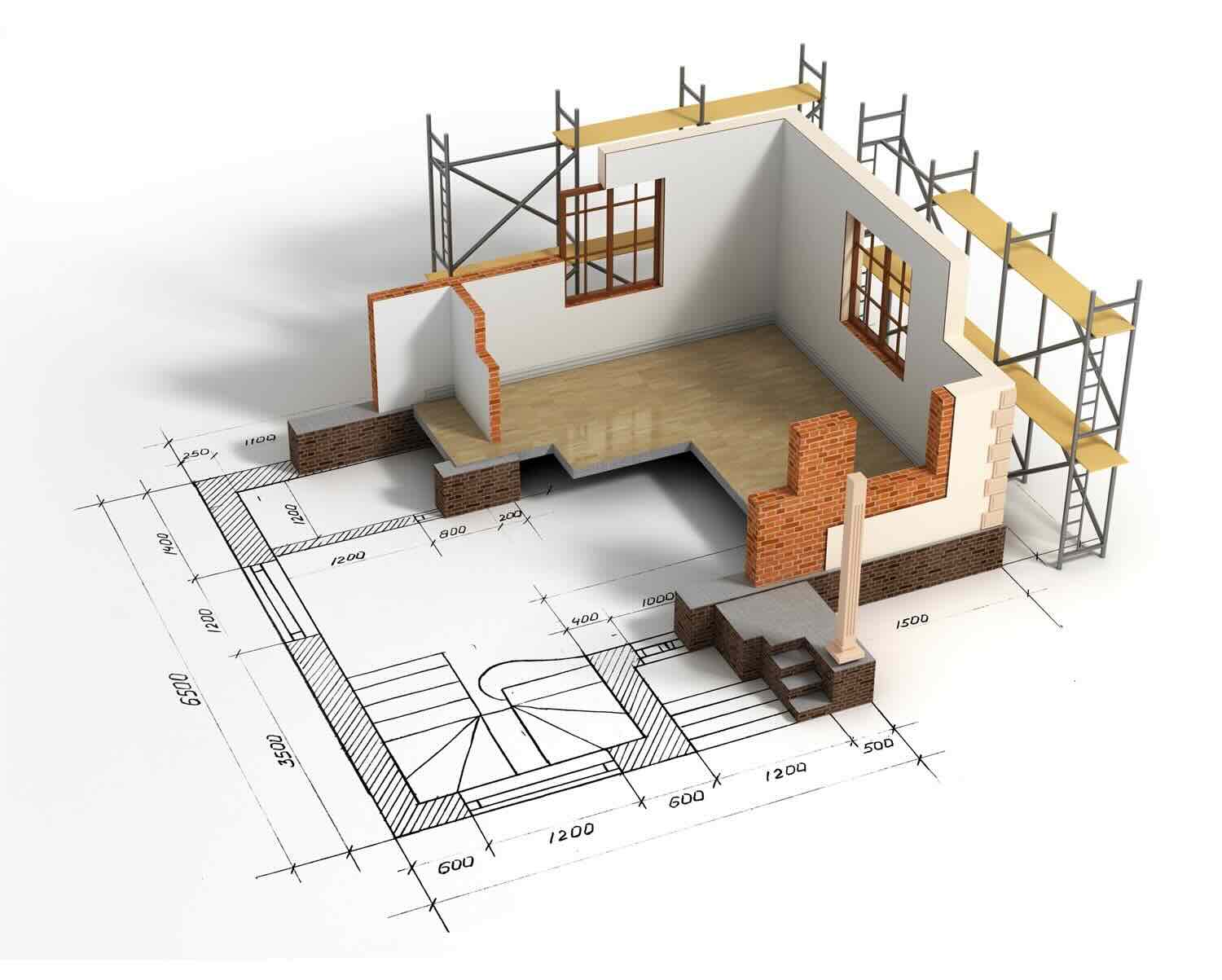

0 thoughts on “What Is The Pipe Called That Is Connected To The Showerhead?”